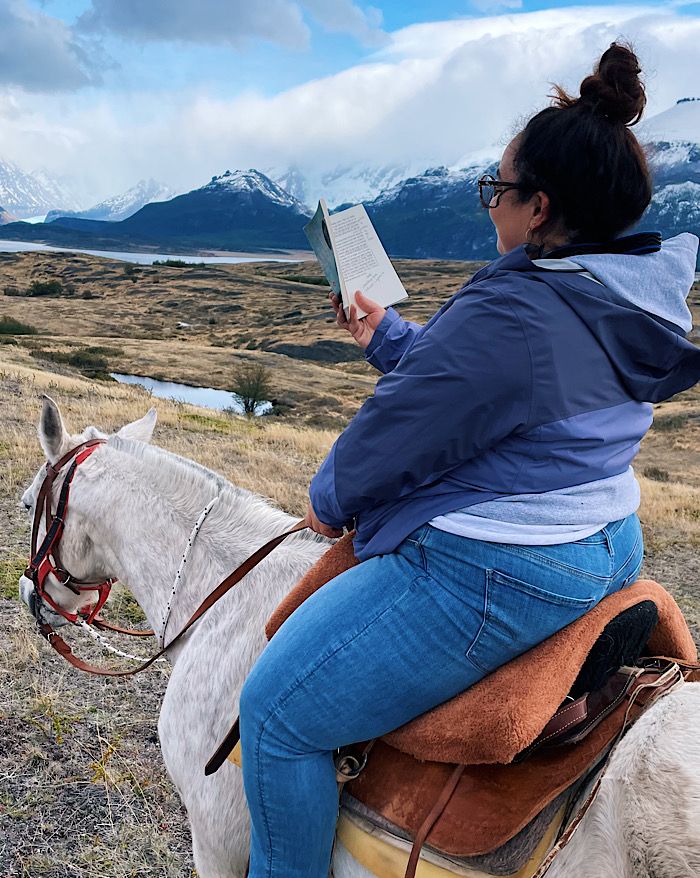I figured I could finish the whole essay collection on the plane ride home. But the essays themselves seemed to scold me for my plan. In that first essay Solnit writes, “It is the job of artists to open doors and invite in prophesies, the unknown, the unfamiliar.” She adds that there is an art “of recognizing the role of the unforeseen, of keeping your balance amid surprises, of collaborating with chance, of recognizing that there are some essential mysteries in the world and thereby a limit to calculation, to plan, to control.” So after that one essay on the plane, I closed the book and came up with a new plan. I wasn’t sure how committed I would be to it at first. I read the next essay on the plane home, then I put it away. Instead of reading this book from front to back, I decided that I would read its essays one at a time, reading each in a different place, and only picking it up when it felt right to bring it with me. When the wanderlust or exploratory energy had built up just right in the pit of my stomach. There was a time when that would have felt like neglect to me — this slow wearing down of a book. But I’m letting myself read differently. And this listing of places, of discoveries, is more in the spirit of Solnit’s book than any review could be. In each place, I read the essay in between snatches of birdsong, of sunset, of landscapes far below me that I couldn’t locate later on a map. I plan to bring the book along with me, to finish the final few essays in Argentina. I can’t tell you yet where I’ll read them, because that would definitely ruin the point. The point is, I’ll have it in my suitcase. I’ll pick it up on the right day, bring it with me to the right park or ocean shore, and find myself reading about what it means to wander as I explore a distant blue that I don’t yet know.
Update:
I carried this lovely book all the way to Argentina. I read the second-to-last essay in the middle of a bird reserve in El Calafate in Patagonia, when it was way too windy to read but I needed a quick break, and finished it over a submarino — steamed milk, with a dropped-in chocolate bar (i.e. heaven) — in town. It was a day when I felt a little bit sad and a little bit lost. For the final essay, the book was thrown into a saddlebag and carried on a day-long horseback ride into a river valley in Patagonia. I read it before we had a lunch of steak and wine. I found a spot beside a small stream, after startling a hare out of some calafate bushes. It was a day when I felt brave and full of adventure and ready to wander. Want more reading-while-traveling content? Check out my list of 15 fantastic Argentinian books in translation, or check out this list of must-have bookish travel essentials.
